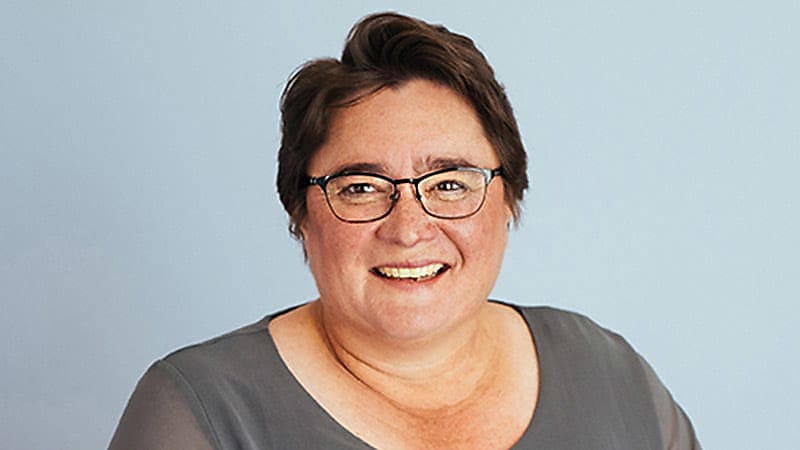Timing is everything when choosing ECPI method
With the new ECPI changes now in place, the method clients use to calculate ECPI can have significant implications on the amount of tax they pay, according to Heffron.
Heffron managing director Meg Heffron outlined that changes to the rules now allow some clients to choose their method for calculating exempt current pension income (ECPI).
Earlier this year, the ATO provided a checklist to help SMSF members determine the correct method for calculating ECPI for their fund for the 2021–22 income year and future income years.
This followed the government recently passing legislation enabling SMSF trustees to choose how to calculate ECPI where the fund has both retirement phase and non-retirement phase interests and a period of deemed segregation.
The checklist states that SMSF trustees first need to determine whether all of the fund’s assets were held solely to support retirement phase income streams at all times during the income year, in which case the fund must calculate ECPI using the segregated method where it is in 100 per cent retirement phase for all of the income year.
If this is not the case, the member needs to determine whether the fund had disregarded small fund assets, following which the trustees will need to determine whether the fund segregated its assets to pay retirement phase pensions.
If it did, the fund could then use the proportionate method to calculate the ECPI for the entire income year.
If no choice is made, ECPI will be calculated using the segregated method for the period of segregation.
Speaking to SMSF Adviser, Ms Heffron warned that the method clients use to calculate their ECPI could have significant ramifications on the amount of tax paid, particularly during the first year when they commence pensions.
“For people who start pension mid-year, it’s critical to have a look at when the fund earned all its taxable income, whether it was before or after the pension started, because that might drive which method they choose,” she said.
Ms Heffron’s comments precede the SMSF Adviser Technical Strategy Day 2022 in October, where she will provide an update on the latest ECPI changes as well as other regulatory developments around pensions.
She will unpack the key steps and considerations clients should be mindful of before starting a pension, and provide insights on how to optimise ECPI along the way.
Ms Heffron told SMSF Adviser that clients could face a scenario where they realise significant capital gains before commencing their pension but could still be able to obtain a part of that as ECPI by virtue of the choices they make.
“Primarily, clients need to be aware of when during the year they earned their income and whether or not the fund was in the pension phase during that time,” she said.
When asked what piece of advice she would provide for optimising outcomes for clients around their pension, she provided three tips.
“The first would be don’t assume it’s fine for your client to run multiple pensions at once,” she warned.
“Secondly, don’t assume that if you start a pension after you’ve realised a large capital gain, that you can’t have any of that exempt from tax.”
“In addition to this, long-term pensions may be all about income in retirement but in the short-term, they can be used much more tactically.”
To hear more from Meg Heffron about the latest on pension strategies, the common pitfalls and traps to look out for, and the value of commutations in different strategies, come along to the SMSF Adviser Technical Strategy Day 2022.
It will be held on Thursday 6 October at Crown Towers in Melbourne, Friday 14 October at the Four Seasons Hotel in Sydney, and Wednesday 26 October at the Brisbane Convention and Exhibition Centre.
Click here to buy tickets to the conference and secure your spot today!
For more information about the conference, including agenda and speakers, click here.








